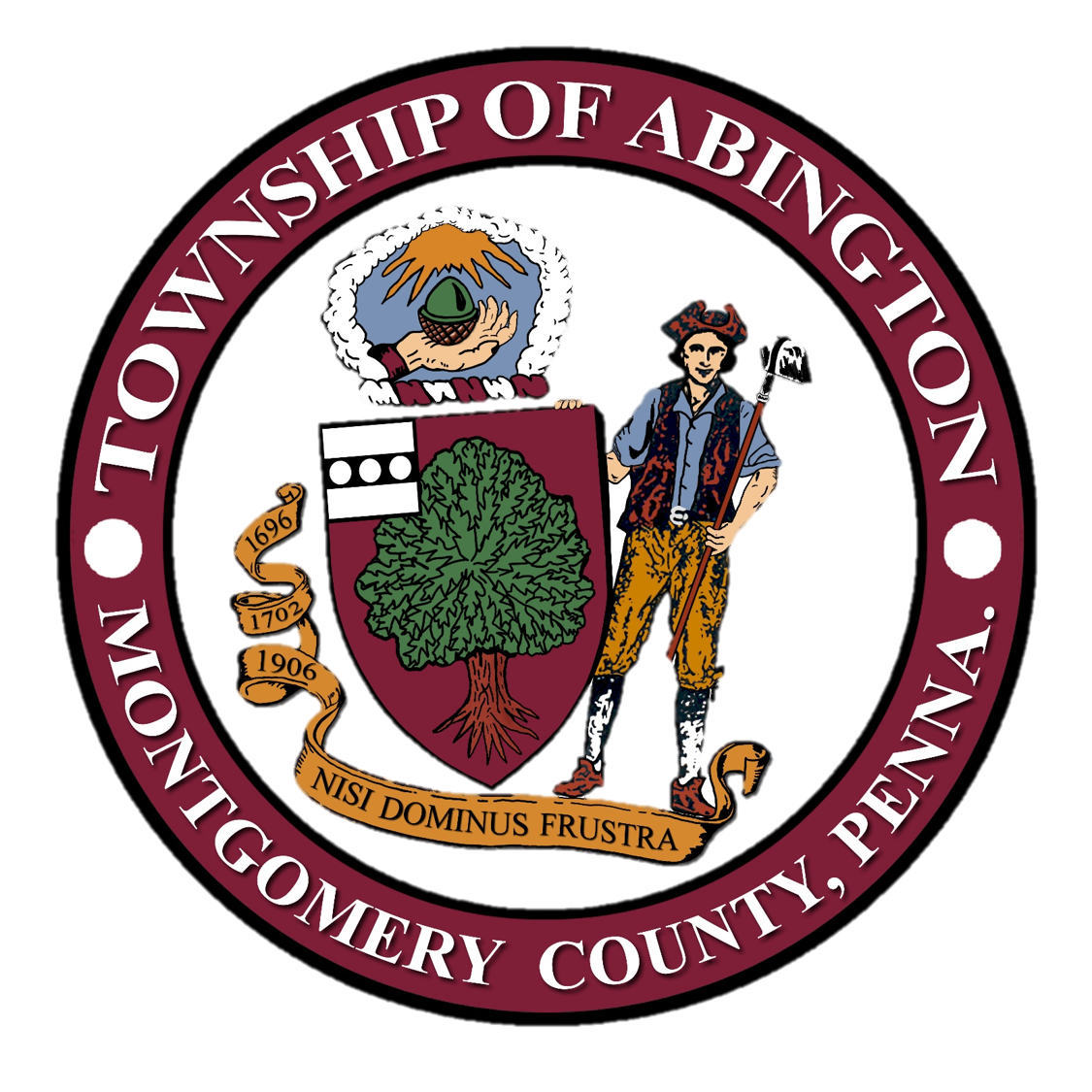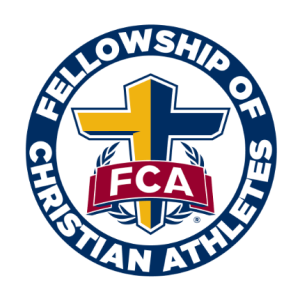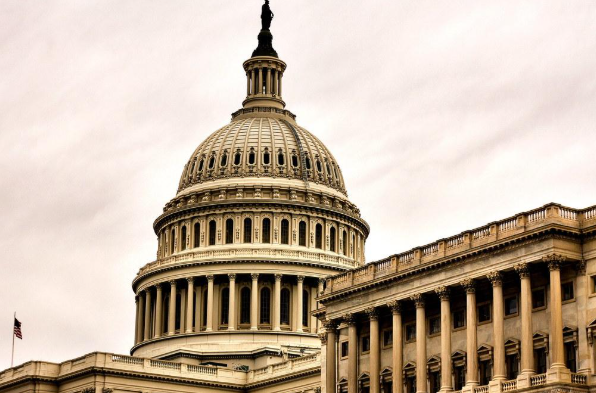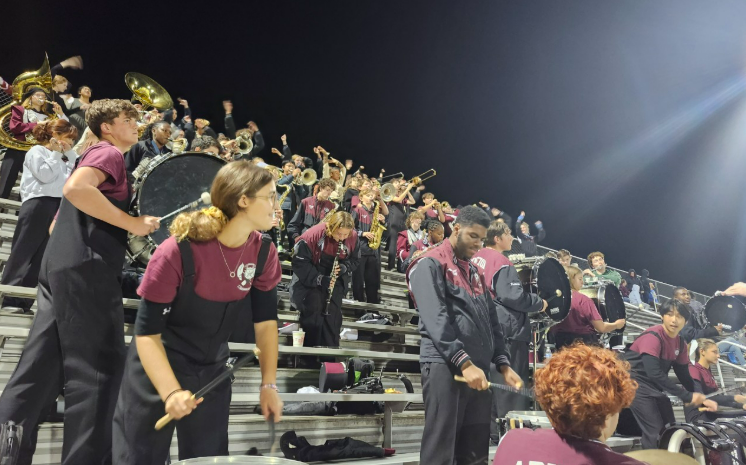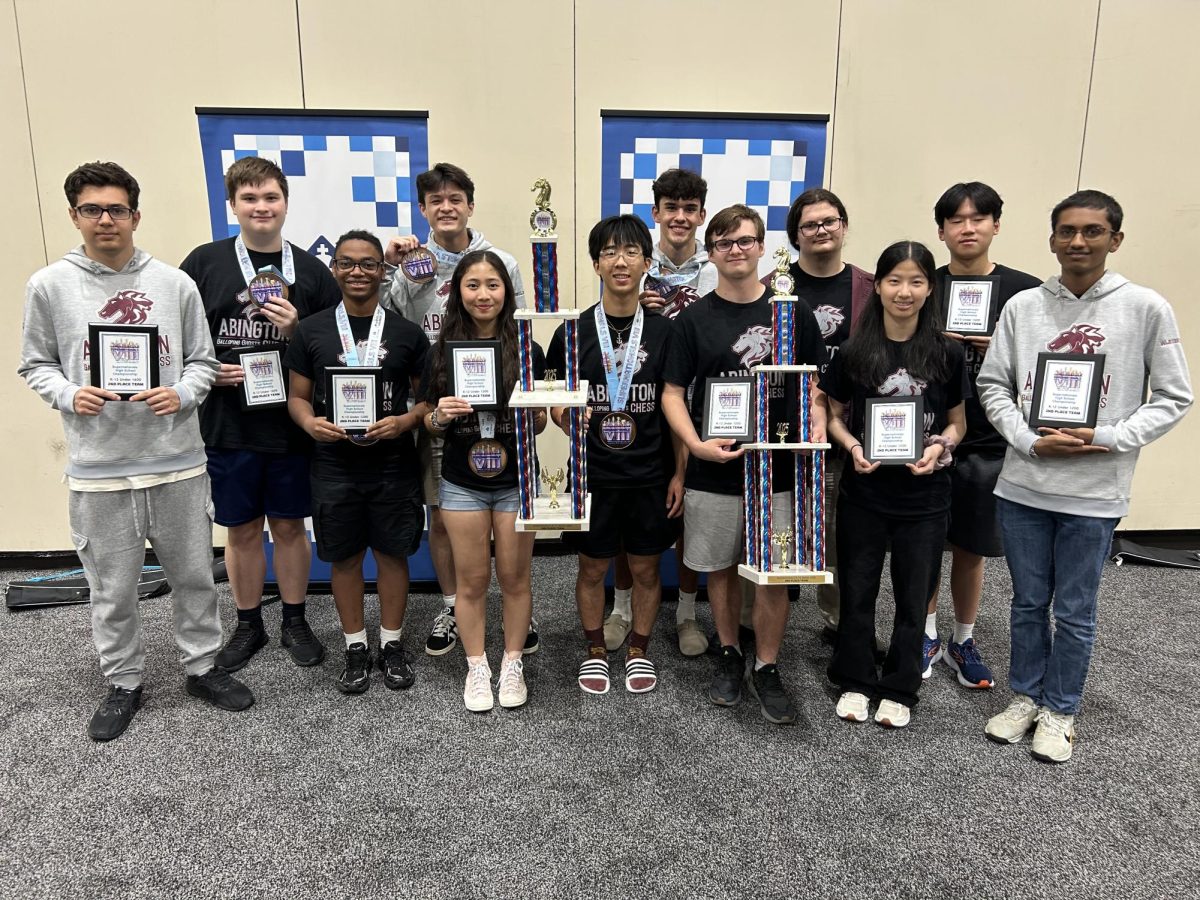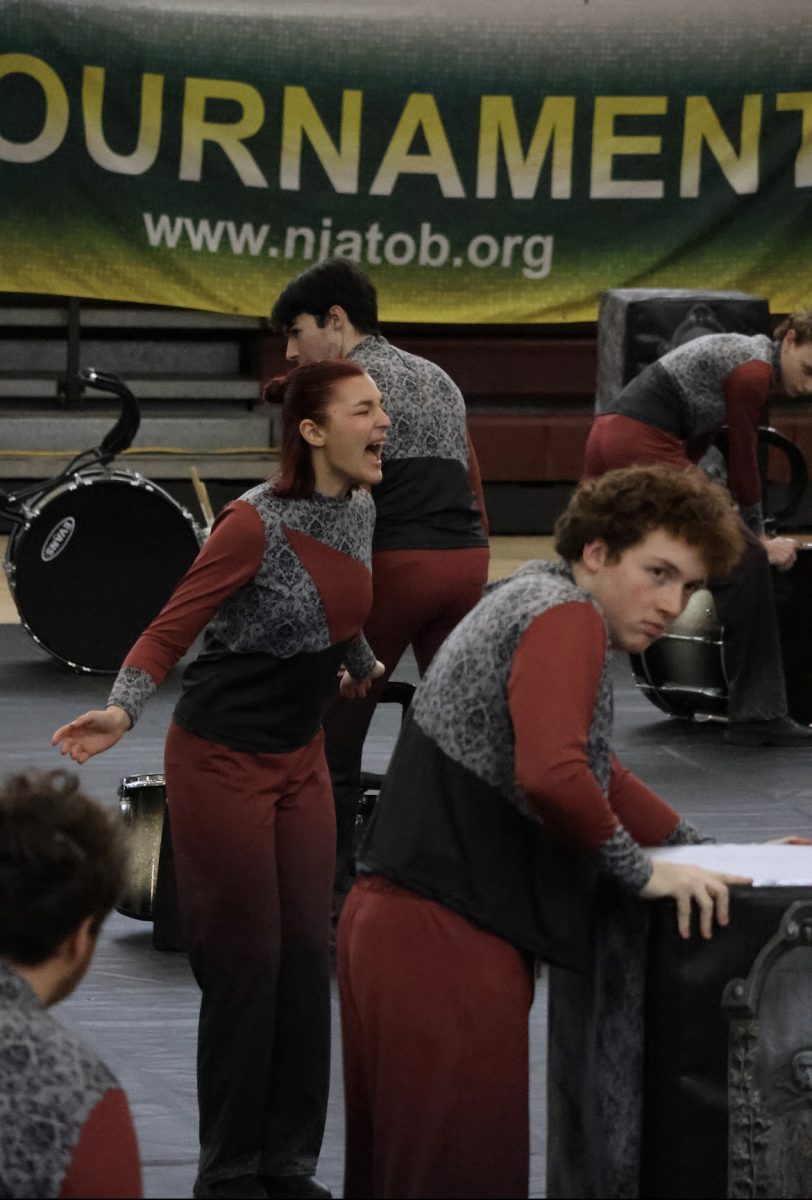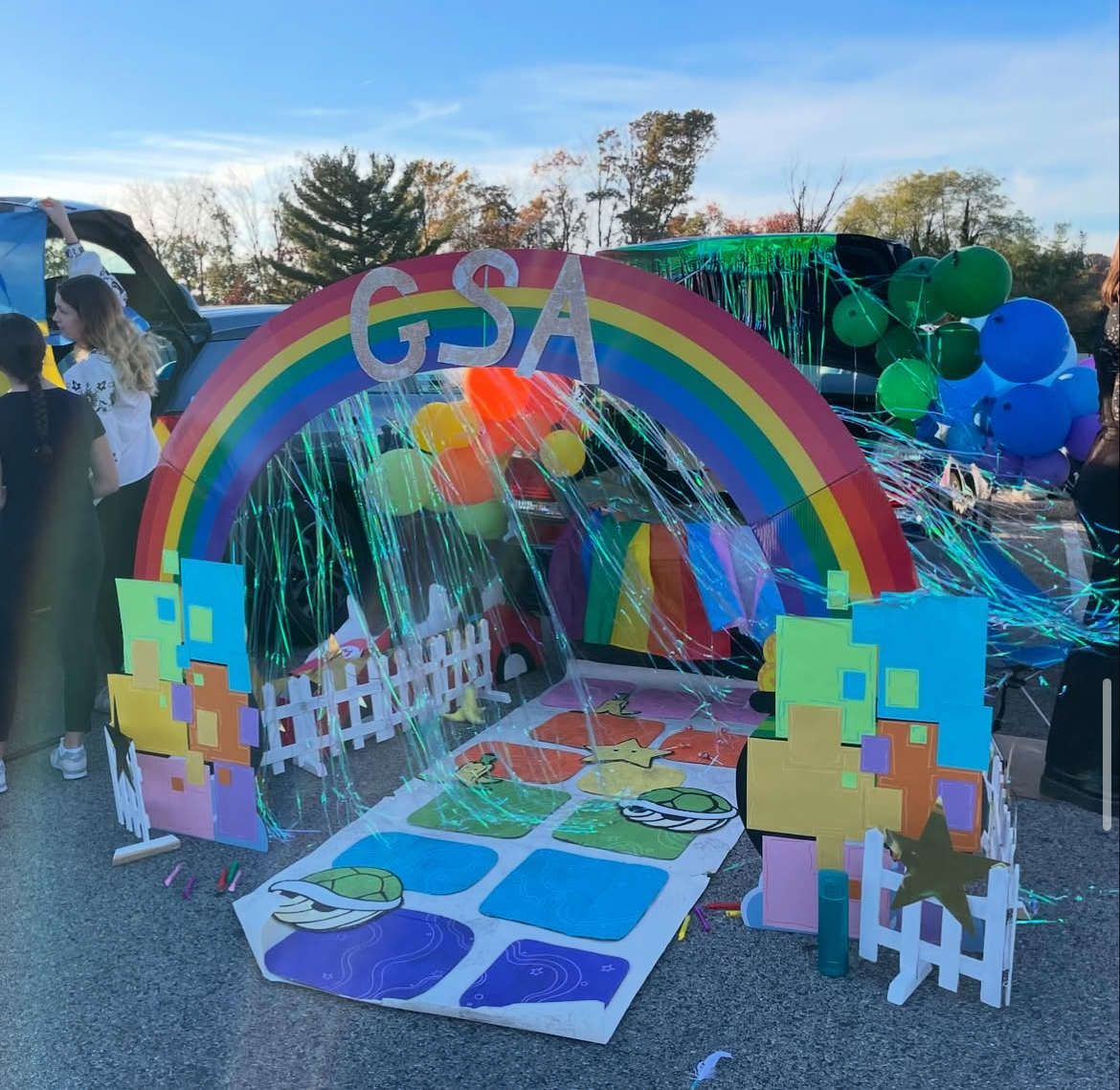Today, Abington Township, Pennsylvania is a shining example of suburban living. With strong commercial aspects, the suburb of Philadelphia is filled with cozy homes and businesses. But what is the story behind
Long before the arrival of European settlers, the land now known as “Abington” was home to the Lenni Lenape, the indigenous nation living in . To this day, the Lenni Lenape still remain strong and resilient, with a majority having unfortunately been forced to emigrate to the Great Plains. However, the Lenni Lenape have also remained in the Delaware Valley. The Lenape Nation spoke an Algonquian language, a language family of indigenous American languages, primarily Unami and Munsee. By the 1600’s, the Lenape Nation’s foremost clans were the Wolf (Tùkwsit) Turtle (Pùkuwànku), and Turkey (Pële). Each clan traditionally had 12 subclans. Interestingly, like many indigenous nations, Lenape lineages were matrilineal, with descent following the female line. In Lenape society, husbands moved in with his wife’s family after marriage, and marriage rights were largely equal between genders.
Lenape society was complex. The Lenape Nation pre-colonization also possessed a strong agricultural mastery, traditionally practicing Three Sisters farming techniques; growing maize, beans, and squash. Seafood through hunting and fishing was also a popular practice. Lenape fashion was (and is) an incredible sight as well. Women wore animal-skin dresses and cloaks decorated with porcupine quills or beautiful multi-colored turkey feathers. Dutch settlers noted the womens’ dress reminded them of “fine European lace” from a distance. Men typically wore beaver pelts, buckskins, bear skins, as well as scarlet-dyed deerskin headdresses. The Nation also indulged in a soccer/rugby-like game called pahsaheman for leisure.
A deed dating to June 23rd, 1683 indicates the Lenape granting land to representatives of William Penn, English Quaker and founder of Pennsylvania. The land conveyed in this treaty contained parts of what would become Abington Township. Multiple Lenape representatives signed this treaty, with separate notice given by Tamanend, King of the Lenape during the late 17th century. Tamanend and William Penn maintained a respectful relationship which lasted until the King’s death in 1701. Abington was most likely named for a town in Northamptonshire, England (Etymology: town or settlement of Abba (name of a person)). Abington, England’s founding probably dates to over 1,000 years ago.
Penn’s presence in Pennsylvania attracted many fellow Quakers, a distinct Protestant religious group, leading to the establishment of a Quaker school in Abington, Abington Friends School. Established in 1697, the school still remains to this day, the oldest primary and secondary school in continued operation in the United States.
The Quaker presence attracted the abolitionist writer and activist Benjamin Lay. Lay wrote pamphlets calling for the abolition of slavery while living on his farm in Abington, going vegetarian in the process. Lay befriended Benjamin Franklin, manufactured his own plant-based clothes, and a plethora of other actions which deserve an entire article of their own.
The land of Abington throughout the 1700’s remained mostly farms and large private acreage owned by wealthy landowners. One of these landowners was William Jenkins, the namesake for the borough of Jenkintown. In 1714, the first church of Abington, Abington Presbyterian Church was founded by Malachi Jones, along with a cemetery across the road. Greater community organization began, with not only a church but the first appointment of government officials in Abington, created in order to tax local roads.
By the time the Revolutionary War began sweeping the nation, Abington found itself caught in the midst of the clash between British and Continental forces. In late 1777, George Washington and his army were pushed out of Philadelphia, and entrenched themselves in the surrounding area. From British-Occupied Philadelphia, English General William Howe led an attack against the encampment, defeating, killing, and capturing a sizable number of American soldiers in Abington, in what became known as the Battle of Edge Hill (still a road in Abington to this day). This skirmish was part of the larger Battle of Whitemarsh, which resulted in the American forces retreating to Valley Forge for the winter.
After American independence, the British would battle the United States once again in the War of 1812, in which Abington supplied funds and fortifications to Philadelphia under the leadership of the prominent Tyson family (for which Tyson Avenue Derives its name). The 1790’s also saw an expansion of homes in the area, as well as the residence of four African Americans.
In 1822, the first public schoolhouse was opened by John Tyson. This would be replaced by a school complex in 1888, where the current administration building stands. A new high school was built in 1909, but was replaced by the Abington “south campus” in 1983. The building was demolished in 1996 being replaced by the Sunrise Retirement Home. The South Campus was eventually reverted to the standard “Abington Senior High School”.
In 1855, industrialization reached Abington with the completion of a railroad running through the town, with Noble Station being constructed around it in 1873.
In 1896, the Philadelphia Rapid Transit company established the Willow Grove Amusement Park, in the community of Willow Grove in northern Abington Township. The area was a popular stagecoach stop, which turned into a summer getaway for Philadelphians during the hot time of year. The amusement park helped Abington soar in popularity, attracting the regular performances of world-famous composer John Philip Sousa. At one point Willow Grove Park was called “the music capital of the world.” The park was shut down in 1976 to be replaced by the Willow Grove Mall in 1982, which of course is still around today.
An often debated topic is the source of the school’s mascot. The “Ghosts” are named after star football player of the 1920’s Red Grange, whose moniker was “the Galloping Ghost.” However, Grange was not a graduate of Abington and simply visited the school in 1931.
In 1903, the Standard Steel Press Company factory was founded in Jenkintown, where it would remain as a supplier for airplane parts to the United States government and a strong economic source in Abington for over a century, until an unfortunate fire devastated it in February of 2025.
In 1905, St. Luke’s Catholic Church was established in the Glenside sector of Abington, later serving as a community hub for Irish Catholics arriving in the area. Around the 1930’s, many Italians and African Americans also began migrating to Abington.
In 1906, the Township had a population of 3,800 and an assessed evaluation of $5,442,218 (c. $177,195,286.11 in 2025). This grew to 55,831 in 1960, with an assessed evaluation of c. 1,041,961,246.92 in 2025).
In 1956, national attention was once again brought to Abington, when Ellery Schempp, a student at the high school challenged a school-issued mandatory prayer during homeroom. The school had implemented a policy to read a selected Bible verse each day, which Schempp found distasteful. On behalf of Ellery, his father Edward sued the school district leading to the landmark supreme court case Abington School District vs Schempp, which continued to be fought until 1963. In that year, it was decided that school-sponsored Bible reading was unconstitutional. Schempp went on to
In 1965, Abington Senior High graduated the future billionaire and CEO of the Blackstone Group, Stephen A. Schwarzman. In 2004, Schwarzman donated a new football stadium to the High School in his namesake. In 2018, he famously offered $25 million dollars to fund education and school programs, in exchange for renaming the school to Schwarzman High School. This caused protest throughout the Abington community, leading to the district reworking the deal.
Abington has produced many notable graduates outside of Stephen A. Schwarzman and Ellery Schempp, including Full House actor and comedian Bob Saget, former Secretary of Defense Ashton Carter, CEO of AMC Theaters Adam Aron, Bose Headphones founder Amar Bose, director Susan Seidelman, lead singer of the 5th Dimension Florence LaRue, Villanova Basketball player Eric Dixon, and 1995 Heisman Trophy winner Eddie George.
Evidently, Abington has had a long history interconnected with important national events, and has served as one of Philadelphia’s most important suburbs. Its proximity to one of the country’s major cities and long endurance since the very beginning of the Pennsylvania colony has allowed it to play an important role, whether through its graduates, attractions, or industry, a role it will continue to serve.
Sources:
A Tour of Old Abington, Bicentennial Edition, Helen A. Shaffer
Abington, Jenkintown, and Rockledge Old York Road Historical Society, Arcadia Publishing

